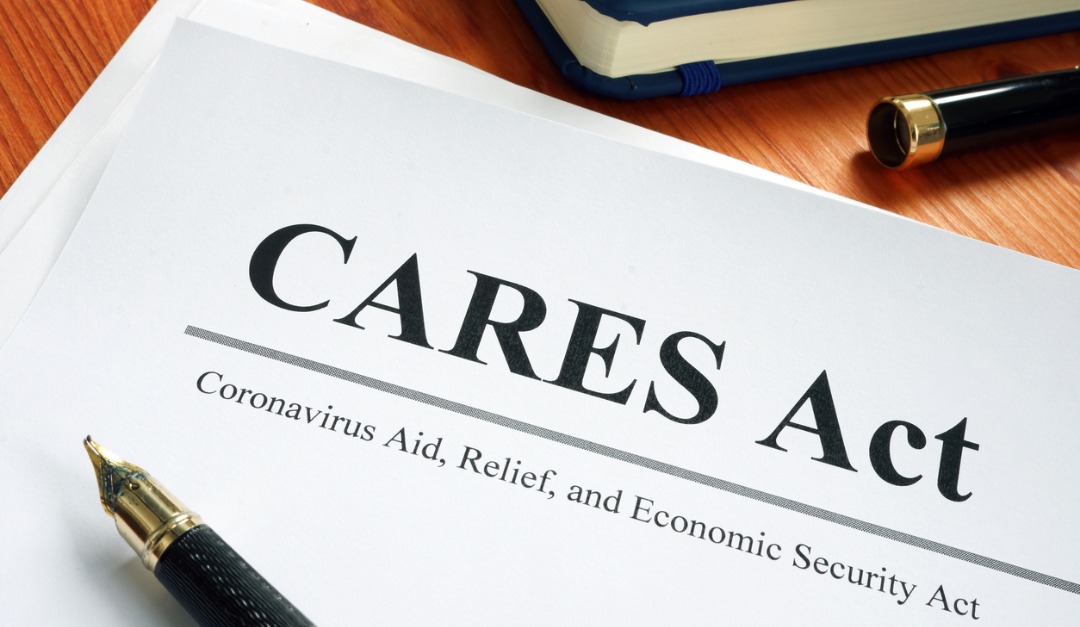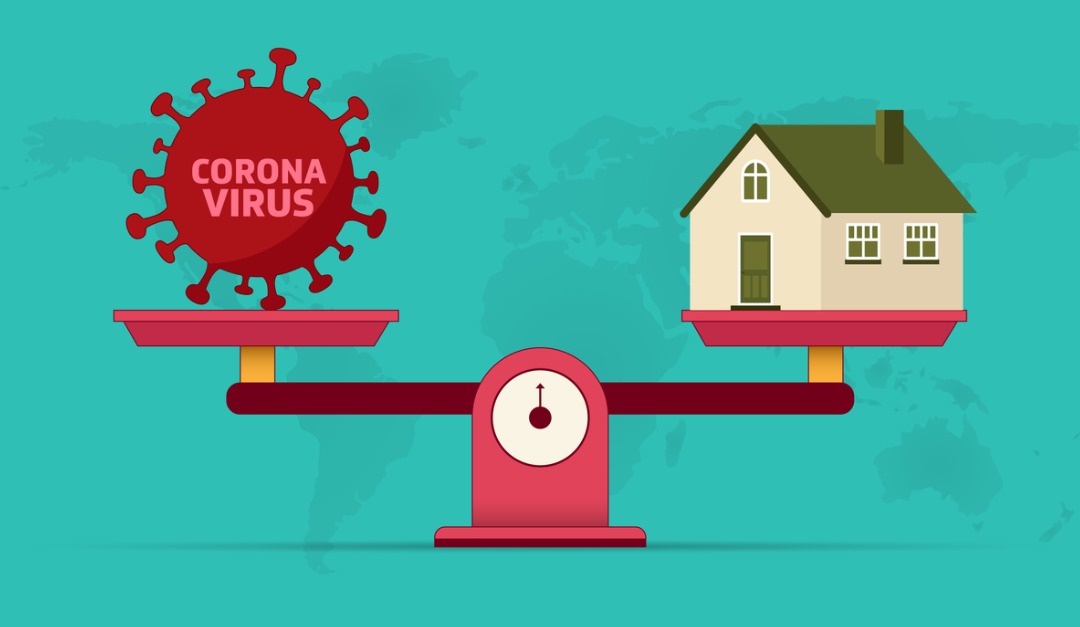With a wide swath of businesses forced to close and millions of Americans filing for unemployment, the coronavirus pandemic has taken a grave toll on the personal finances of many Americans, including homeowners. Fortunately, there are relief programs that may help you weather the storm.
For example, as part of the federal government’s Coronavirus Aid, Relief, and Economic Security (CARES) Act passed at the end of March, homeowners may be able to take advantage of up to 12 months of mortgage forbearance if your mortgage is federally owned or backed. According to the provisions of the Act, borrowers with these types of mortgages may request temporary loan forbearance for up to 180 days, and may request an additional 180 days extension after that.
To request a forbearance, borrowers must demonstrate to their mortgage servicer that they are suffering financial hardship due to the impact of the coronavirus. Once the case is made, servicers must extend a CARES Act forbearance. Be aware, however, that unlike the CARES Act student loan relief program, receiving a mortgage forbearance is not a given. You may want to check with your lender or servicer before applying.
Before pursuing a mortgage forbearance option, you should also make sure it doesn’t set the stage for an even worse financial scenario down the road. The CARES Act does not outline the procedure for what will happen once the forbearance period has ended, so your individual lender or servicer will be setting the terms for how you will repay the suspended payments. At the end of the forbearance period, should your provider demand payment in full for the deferred amount – or a balloon payment – you could find yourself in an untenable situation. So before pursuing a CARES Act forbearance, be sure to contact your mortgage servicer directly to find out exactly how those payments will need to be repaid.
If you do not have a federally owned or backed mortgage, you may still be able to seek mortgage relief through arrangements created by your state or private lender. For example, some mortgage servicers may offer a monthly payment reduction during the crisis to be paid back gradually over 12 months once the arrangement ends. Other servicers may allow you to pause payments for up to one year, adding the payments on to the backend of the loan and extending the repayment period.
To get a better understanding of what mortgage relief options are available to you, check with your financial professional to help you make the right decision.
Source: Forbes











